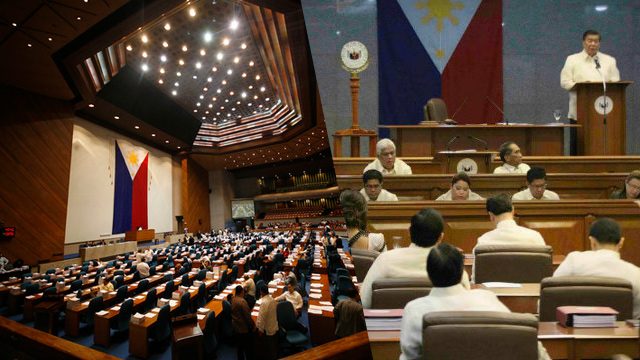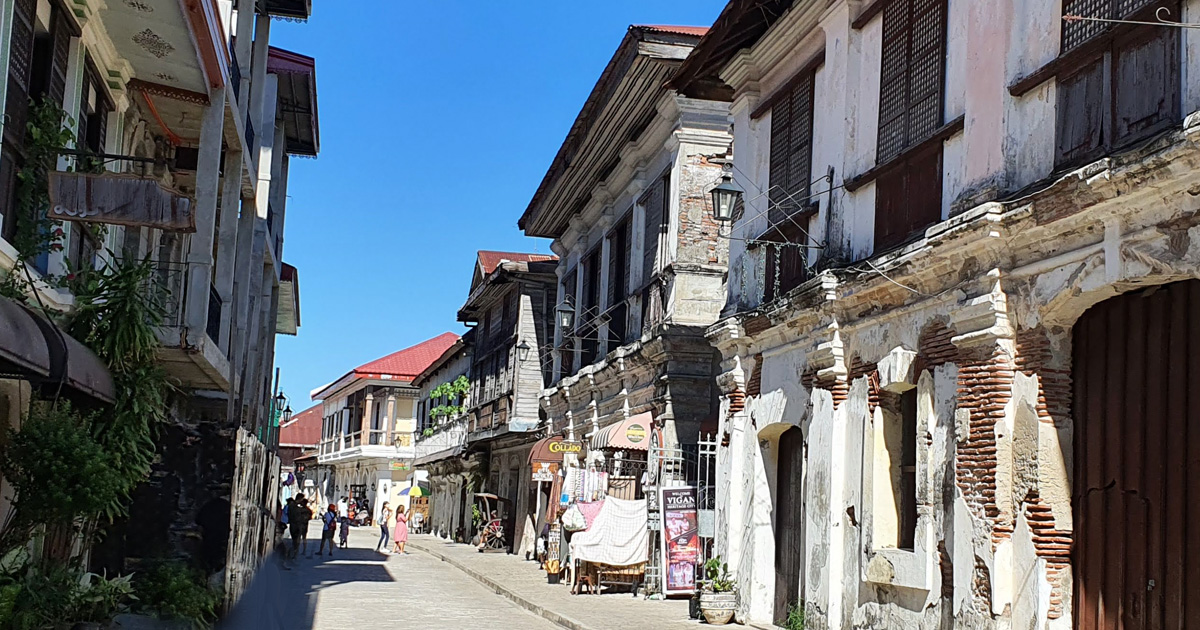The Brown Laws in the Philippines refer to environmental regulations aimed at promoting sustainability and conserving natural resources.

Origins of the Brown Laws
The “Brown Laws” is a term often synonymous with specific environmental regulations and initiatives in the Philippines. Though it’s not officially documented as the “Brown Laws,” the term has been colloquially used to refer to a series of policies aimed at conserving natural resources and promoting sustainable living.
The inception of the term
The term “Brown Laws” traces its roots back to the mid-20th century when a group of environmental activists, led by Dr. Jose Brown, began to advocate for stronger environmental regulations. The name “Brown” is said to have originated from the leader’s last name, which over time became a shorthand for these specific sets of laws. These activists were concerned about the rapid deforestation, pollution, and misuse of natural resources in the country.
Early legal documents and proponents
The early foundation of what would later be known as the “Brown Laws” began with the 1951 Forest Act, which set guidelines for the protection of forests and wildlife in the Philippines. Later on, in 1976, the Philippine Environmental Policy was passed, further reinforcing the commitment to conserving the environment.
Prominent figures, aside from Dr. Jose Brown, were also instrumental in pushing for these reforms.
Key Provisions of the Brown Laws
Understanding the “Brown Laws” requires delving deep into its key provisions. These laws serve as a testament to the Philippines’ commitment to environmental protection and sustainability.
Main principles and objectives
- Sustainable Resource Management: One of the core objectives of the Brown Laws is to ensure the sustainable use of natural resources. This involves practices that avoid depletion and allows future generations to benefit from these resources.
- Conservation of Biodiversity: The Philippines, being a biodiversity hotspot, emphasizes the protection of its unique flora and fauna.
- Public Participation: The Brown Laws encourage citizens to actively participate in environmental initiatives, recognizing that a collective effort yields the best results.
- Pollution Control: Regulations exist to limit the discharge of pollutants into the environment, ensuring clean air and water for its citizens.
- Rehabilitation Efforts: In areas affected by environmental degradation, restoration and rehabilitation measures get prioritized.
Specific laws and regulations
- The Clean Water Act: This law focuses on keeping the country’s water bodies free from pollutants and ensuring safe drinking water for all.
- Forestry Management Act: Protecting the nation’s forests, this act regulates logging and promotes reforestation efforts.
- Wildlife Protection Act: Emphasizing the importance of wildlife, this act aims at conserving endangered species and their habitats.
- Waste Management and Recycling Act: This particular act deals with the disposal of waste in an environmentally-friendly manner, promoting recycling and reducing landfill contributions.
Application and Implementation
The success of any law lies not just in its drafting but in its effective application and implementation. T
Enforcement agencies and mechanisms
- Department of Environment and Natural Resources (DENR): As the primary agency responsible for conserving, managing, and developing the country’s natural resources, DENR plays a pivotal role in overseeing the application of the Brown Laws.
- Environmental Management Bureau (EMB): A subsidiary of DENR, the EMB sets quality standards, monitors environmental conditions, and conducts environmental impact assessments.
- Philippine National Police (PNP) Environmental Division: Collaborating with DENR, the PNP assists in apprehending those who violate environmental laws, ensuring timely legal actions.
- Community-Based Monitoring Systems: Ground-level efforts that engage local communities in overseeing and reporting any activities that might be against the principles of the Brown Laws.
Case studies and real-world examples
- Tubbataha Reefs Natural Park: Once threatened by illegal fishing, the park saw a revival due to strict implementation of the Brown Laws, transforming it into a UNESCO World Heritage site.
- Manila’s Pasig River Rehabilitation: Once heavily polluted, collaborative efforts between enforcement agencies and local communities, guided by the Brown Laws, have seen gradual improvements in the river’s health.
- The Cordillera Challenge: A notable grassroots initiative supported by the Brown Laws, this annual event sees thousands of bikers plant trees in the Cordillera mountains, showcasing the spirit of community-driven conservation.

Impact on the Philippine Society
The introduction and enforcement of the Brown Laws have profoundly influenced the socio-economic and cultural landscape of the Philippines. Their multifaceted impact stretches across various domains, enhancing the quality of life and ensuring a sustainable future for the nation.
Environmental benefits
- Biodiversity Conservation: The laws have played a pivotal role in the preservation of the Philippines’ rich biodiversity, ensuring that rare and endangered species have a fighting chance against extinction.
- Forest Regeneration: With stricter logging regulations, many of the country’s forests have experienced a resurgence, acting as carbon sinks and enhancing air quality.
- Clean Waterways: The focus on water pollution has led to revitalized rivers and coastal areas, benefiting both marine life and the communities that depend on them.
Economic implications
- Boost in Eco-Tourism: Places like the Tubbataha Reefs Natural Park have seen an influx of tourists, leading to local economic growth.
- Sustainable Fishing: By imposing limits and seasons on fishing, the laws ensure that fish populations regenerate, leading to long-term economic benefits for the fishing industry.
- Job Creation: The emphasis on reforestation and environmental projects has resulted in job opportunities in these sectors, promoting green employment.
Social and cultural effects
- Community Empowerment: The Brown Laws’ emphasis on public participation has galvanized communities to take ownership of their environment, fostering unity and a shared sense of purpose.
- Cultural Revival: Many indigenous communities, deeply intertwined with nature, have found their traditional practices validated and protected, leading to a resurgence in cultural pride and practices.

Comparison with Other Environmental Laws
In the global arena, each nation or group of nations crafts environmental laws suited to their unique challenges, resources, and socio-cultural contexts. The Brown Laws of the Philippines have drawn both comparisons and contrasts with legislations from other parts of the world.
How the brown laws differ from other global laws
- Community-Centric Approach: While many laws around the globe focus on top-down regulations, the Brown Laws emphasize grassroots involvement, tapping into local knowledge and practices.
- Cultural Preservation: The Brown Laws uniquely intertwine environmental conservation with the preservation of indigenous cultures, recognizing their intrinsic relationship in the Philippines.
- Geo-Specific Regulations: Given the Philippines’ position in the Ring of Fire, the Brown Laws also address environmental challenges associated with volcanic activity and earthquakes, which might not be as prevalent in other global legislations.
Similarities with ASEAN countries
- Biodiversity Conservation: Much like the Brown Laws, countries like Indonesia and Malaysia, part of the ASEAN community, prioritize the protection of their rich biodiversity.
- Coastal and Marine Protection: With many ASEAN countries being archipelagos or having extensive coastlines, there’s a shared emphasis on marine conservation, akin to the directives in the Brown Laws.
- Sustainable Agriculture: Given the agrarian nature of many Southeast Asian economies, sustainable farming practices are a common thread, promoting both environmental and economic well-being.